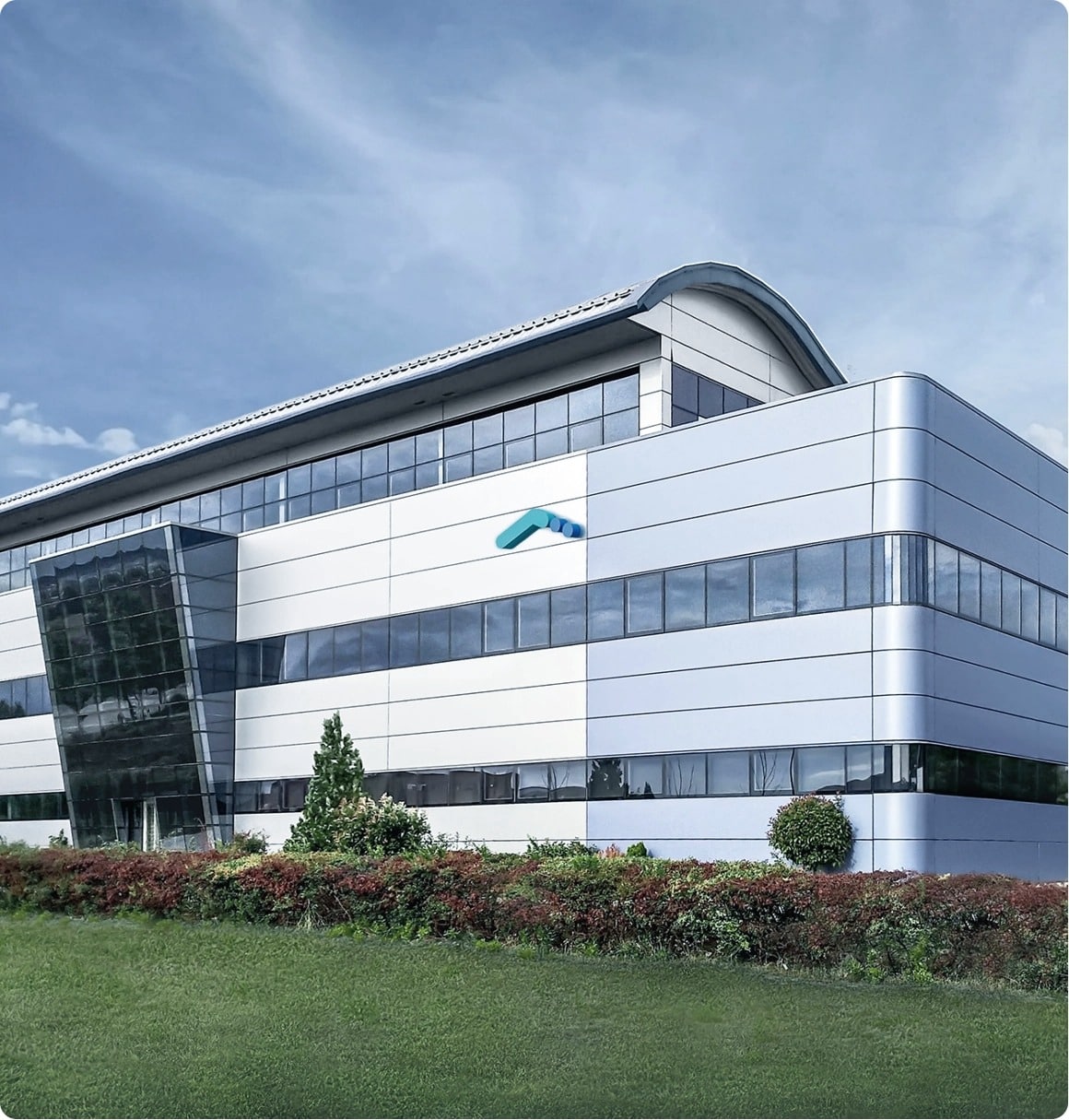We have repeatedly observed that our clients’ and potential clients’ top concern is the security of their data. In addition to the extensive physical and technological security measures we employ in our data centers, Adam also offers the ability to replicate or copy your systems or services in other geographic locations. This is possible because we operate two data centers in different areas of Barcelona and one in Madrid.
NOTE: While this process is often referred to as geo-replication, it involves designing a DRS (Disaster Recovery Site) environment in a geographic location separate from the production environment. This ensures your business data is secure and distributed in the event of a disaster or any incident that prevents access to data in the primary data center. Naturally, this design always considers contingency and availability requirements tailored to the client.
What is a replication or geo-replication project? Is it the same as backup services?
A geo-replication system ensures that the primary or production location of a company’s infrastructure is physically separate from the replication environment’s location.
In contrast, a backup process involves creating a snapshot of data at a specific point in time, determined by scheduled policies. This means that until the backup cycle runs again, the content of the backup is not updated.

What should be considered for a replication or geo-replication project?
1. Synchronous or asynchronous replication
Depending on the client’s technical needs and specifications, data replication can be synchronous or asynchronous. This depends on various factors, including:
- Physical infrastructure characteristics
- Distance and latency
- Data volume
- Synchronization technology
- Communication lines between locations
For synchronous replication, the client does not need active/active or active/passive equipment on standby for production. Instead, they will have their volume perfectly synchronized in another location using available storage systems.
2. Replication software
The ecosystem of software tools that enable data replication across various geographic locations has evolved significantly. Tools like Carbonite® now adapt to different operating systems and hardware configurations, facilitating data synchronization at the software layer regardless of the hardware used. These tools can also meet specific needs, such as data synchronization, instance migration, or creating backups.
3. Service availability
Replication environments are designed for production infrastructures requiring minimal service disruption. These systems cater to clients who cannot afford downtime and demand high availability for their data and systems. Adding a geographic variant ensures enhanced security in case of physical failure at the production site.

4. Project budget
Allocating resources for contingency measures related to potential incidents must be carefully structured to avoid financial overruns. Overextending these measures could affect the project’s and infrastructure’s feasibility.
5. RPO and RTO
Both RPO (Recovery Point Objective) — the tolerable volume of data loss — and RTO (Recovery Time Objective) — the allowable downtime for applications and associated service degradation — significantly influence contingency configurations, including synchronous or asynchronous replication.
These replication setups require duplicating communication resources, which means the communications design must involve high-contingency circuits while controlling costs.
6. Testing and documentation
A contingency system must be thoroughly tested, documented, and understood by IT staff supporting the infrastructure. Ensuring functionality when activated requires a prior project study. Often, clients believe they need more resources than necessary. That’s why our expert team advises based on your infrastructure and requirements.
Geo-Replication at Adam
At Adam, we implement these projects using:
- Collocation services: The client has active physical infrastructure in one geographic location and active or passive infrastructure in another. For example, a platform in our Barcelona PTV data center and another in our Madrid TecnoAlcalá data center.
- IaaS services: Replication can also be achieved using software or virtual machines deployed in different locations.
If you need more information about geo-replication or would like to discuss your needs with our expert team, don’t hesitate to reach out.

This article has been written by
Emilio Moreno
Arquitecto Soluciones Cloud - IaaS